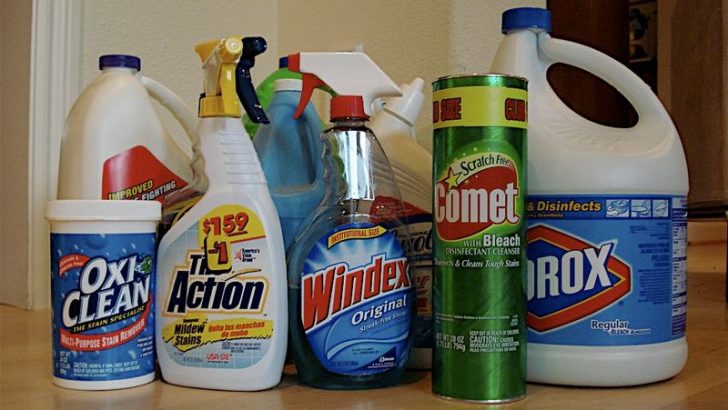Many everyday items found in our homes may seem harmless but can pose significant health risks. From cleaning products to beloved furniture, these items often contain chemicals and toxins that can affect your health over time. Awareness and understanding of these hidden dangers are crucial to making your home a safer place. Here are ten common household items that could be slowly poisoning you and your family.
1. Air Fresheners
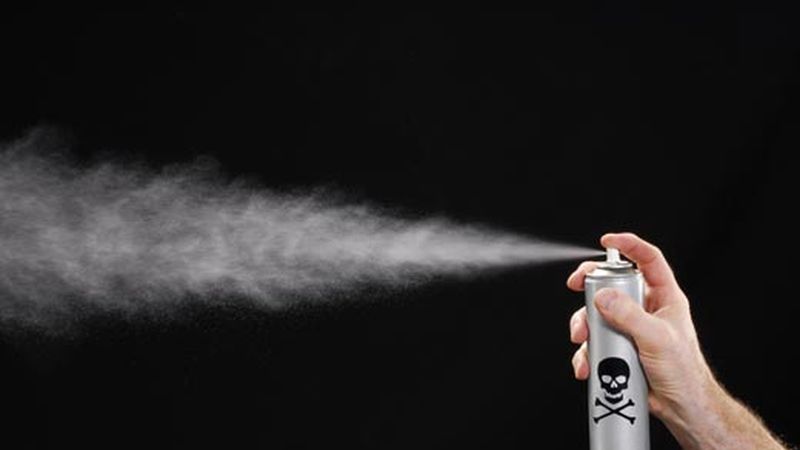
Air fresheners may emit pleasant scents, but the chemicals used in them can be harmful. Phthalates, used to dissolve and carry fragrances, can interfere with hormone function. The term “fragrance” on labels often conceals a cocktail of volatile organic compounds (VOCs). VOCs can trigger allergies and respiratory issues, especially in children and pets.
Over time, these substances accumulate in the indoor air, creating a toxic atmosphere. Opting for natural alternatives, such as essential oils or homemade potpourri, can reduce exposure. A simple yet effective change can make a significant difference in indoor air quality.
2. Non-Stick Cookware
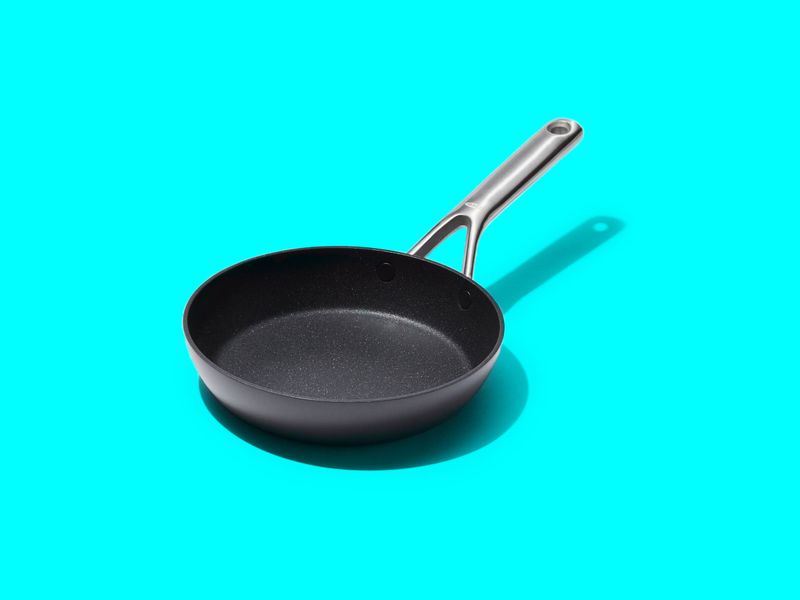
Non-stick cookware, loved for its convenience, often contains polytetrafluoroethylene (PTFE), known as Teflon. When heated above 500°F, Teflon releases toxic fumes that can cause flu-like symptoms in humans, known as “Teflon flu.”
These fumes are particularly dangerous for pet birds, who are highly sensitive to air pollutants. As the non-stick coating degrades over time, it can contaminate food with microscopic particles. Consider switching to cast iron or stainless steel cookware, which offers a safe and durable alternative. Cooking becomes a joy when you eliminate hidden dangers from your kitchen.
3. Cleaning Products
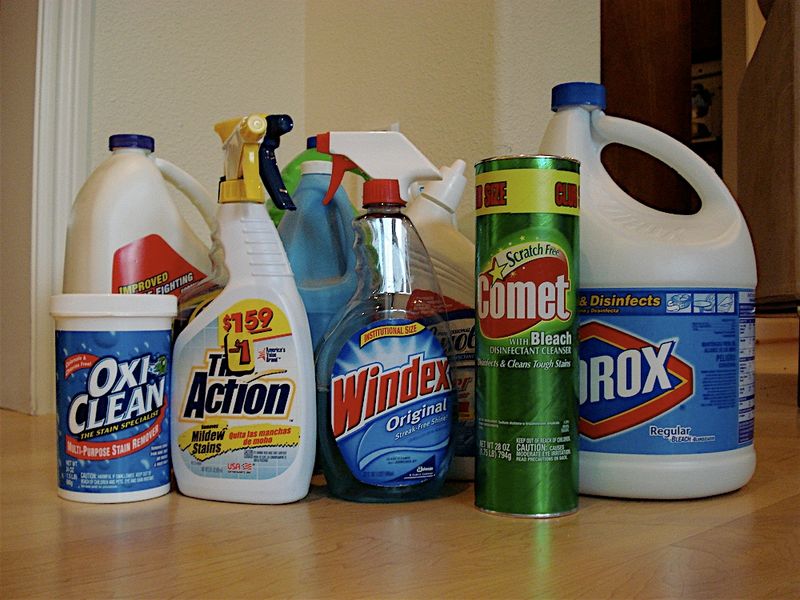
Many household cleaning products contain hazardous chemicals. Ingredients like ammonia and bleach emit fumes that can irritate the respiratory system, eyes, and skin. Mixing cleaning products may produce dangerous chemical reactions.
Using these products without proper ventilation increases the risk of adverse health effects. Eco-friendly alternatives are available, providing a safer way to maintain cleanliness without compromising health. Homemade cleaning solutions using vinegar, baking soda, and lemon are effective and non-toxic. Transitioning to natural cleaning methods can enhance your home’s safety, offering peace of mind.
4. Plastic Containers
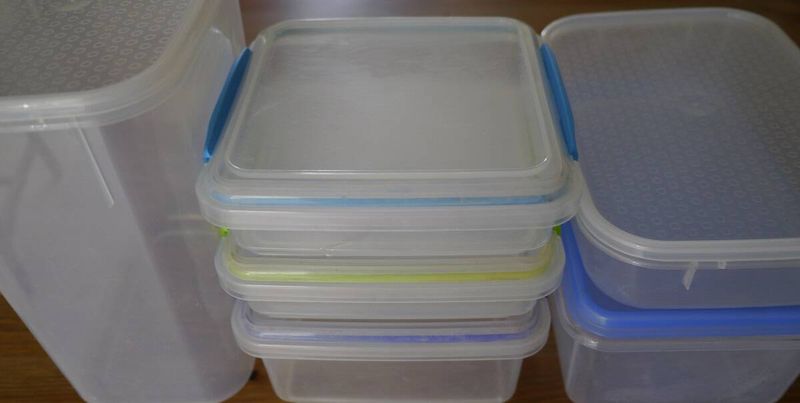
Plastic containers are convenient but can leach harmful chemicals into food. Bisphenol A (BPA) and phthalates are common in plastics, acting as endocrine disruptors. Heating food in plastic containers exacerbates the release of these toxins.
They mimic hormones and can interfere with reproductive health. Opt for glass or stainless steel alternatives for storing food. By making simple swaps in your kitchen, you can significantly reduce health risks. Understanding the recycling codes on plastics helps in selecting safer options, leading to a healthier lifestyle.
5. Flame Retardant Furniture
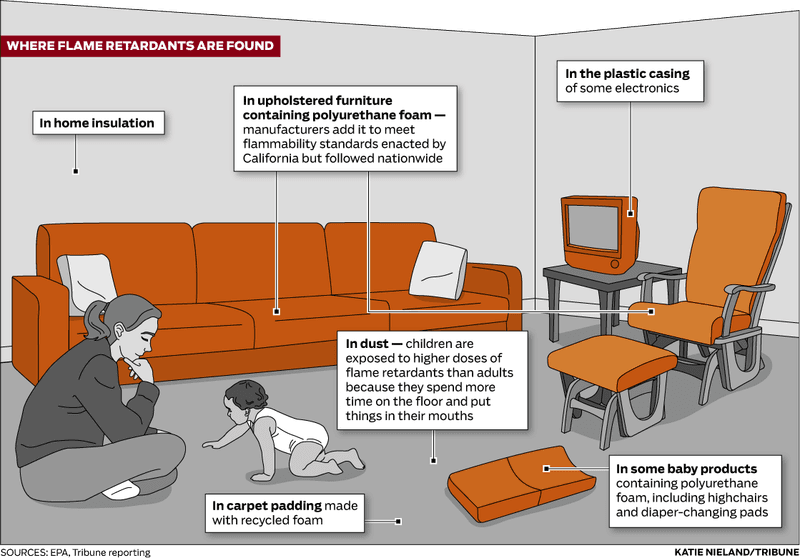
Flame retardants are chemicals added to furniture to reduce flammability. However, they release toxic particles into the air and dust, which can be inhaled or ingested. These chemicals have been linked to hormone disruption, cancer, and developmental issues in children.
Choosing furniture labeled as free from flame retardants can reduce exposure. Vacuuming with a HEPA filter regularly and washing hands often helps minimize contact. A focus on safety and health in furnishing choices leads to a more comfortable and toxin-free living environment.
6. Antibacterial Soaps
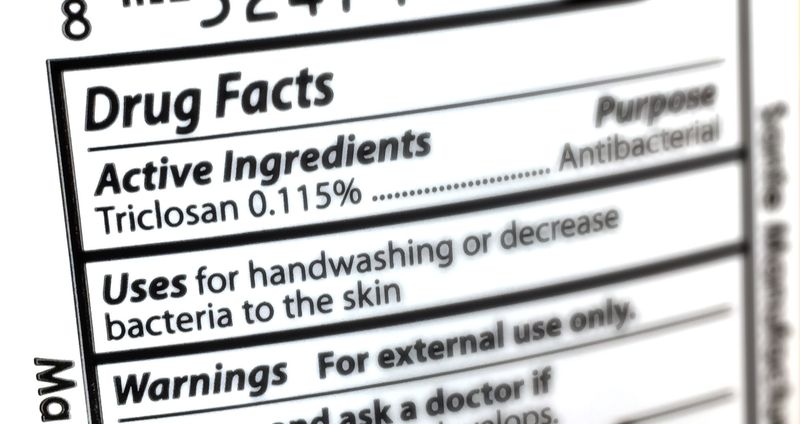
Antibacterial soaps, marketed for extra protection, often contain triclosan. This chemical can contribute to antibiotic resistance and disrupt hormones. Frequent use can alter skin flora, potentially leading to other health issues.
Triclosan’s safety has been questioned, leading some manufacturers to reformulate products. Opting for regular soap and water is effective for hygiene without exposing yourself to unnecessary chemicals. Making informed choices about personal care products fosters a healthier lifestyle. The beauty of simplicity lies in its safety and effectiveness.
7. Mothballs
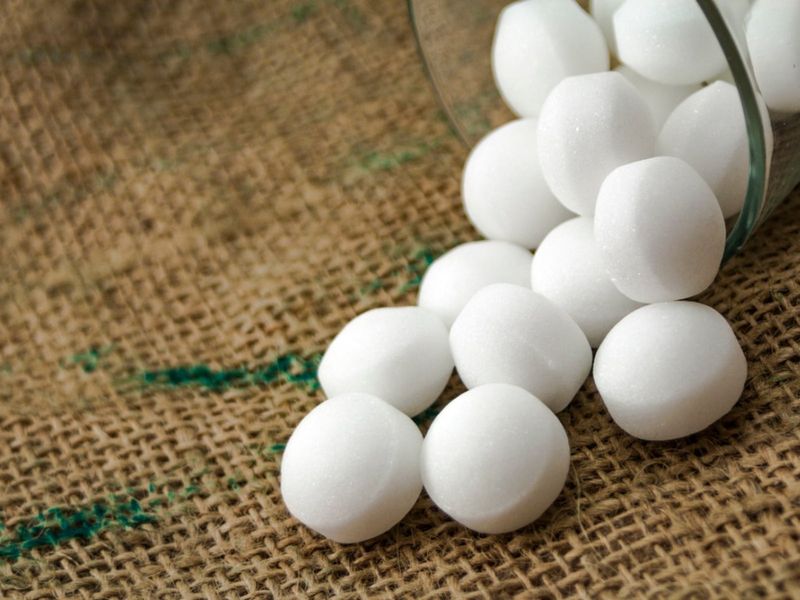
Mothballs are commonly used to protect clothing from moth damage. They contain naphthalene or paradichlorobenzene, which are toxic substances. These chemicals can cause headaches, dizziness, and respiratory problems when inhaled.
Long-term exposure may result in liver and kidney damage. Safer alternatives, like cedar chips or lavender sachets, effectively repel moths without harmful effects. Transforming your closet into a safer space can be as simple as choosing natural deterrents. These alternatives not only protect your clothes but also contribute to a healthier home environment.
8. Cosmetics and Personal Care Products
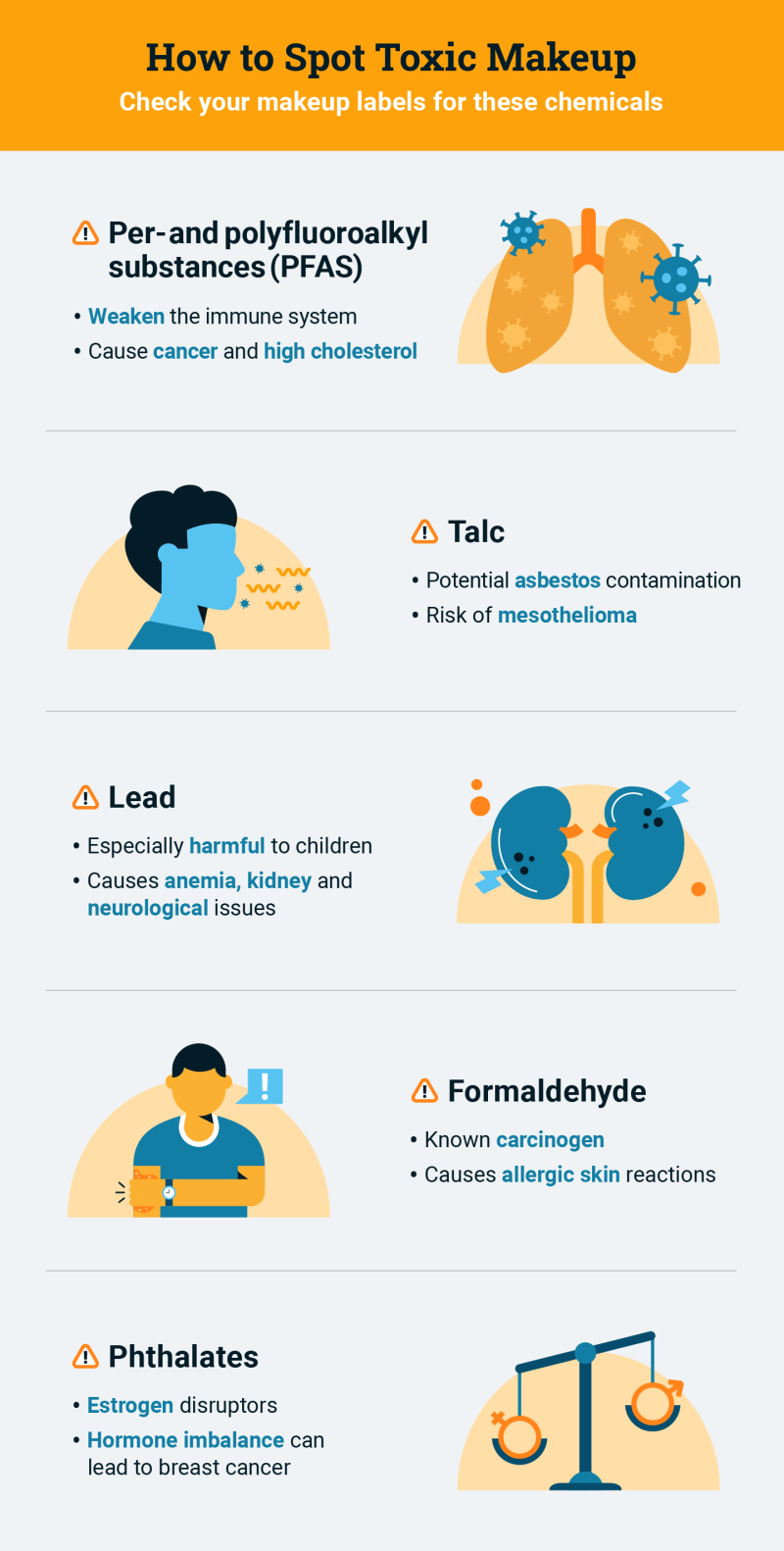
Cosmetics often contain parabens and phthalates, chemicals linked to hormone disruption. These substances are absorbed through the skin, building up in the body over time. Some products may also contain formaldehyde-releasing preservatives, known carcinogens.
Reading labels and choosing products with natural ingredients can mitigate risks. The beauty industry offers numerous alternatives that prioritize safety and effectiveness. By being mindful of the products used daily, you can protect your skin and overall health. Self-care begins with informed choices.
9. Dryer Sheets
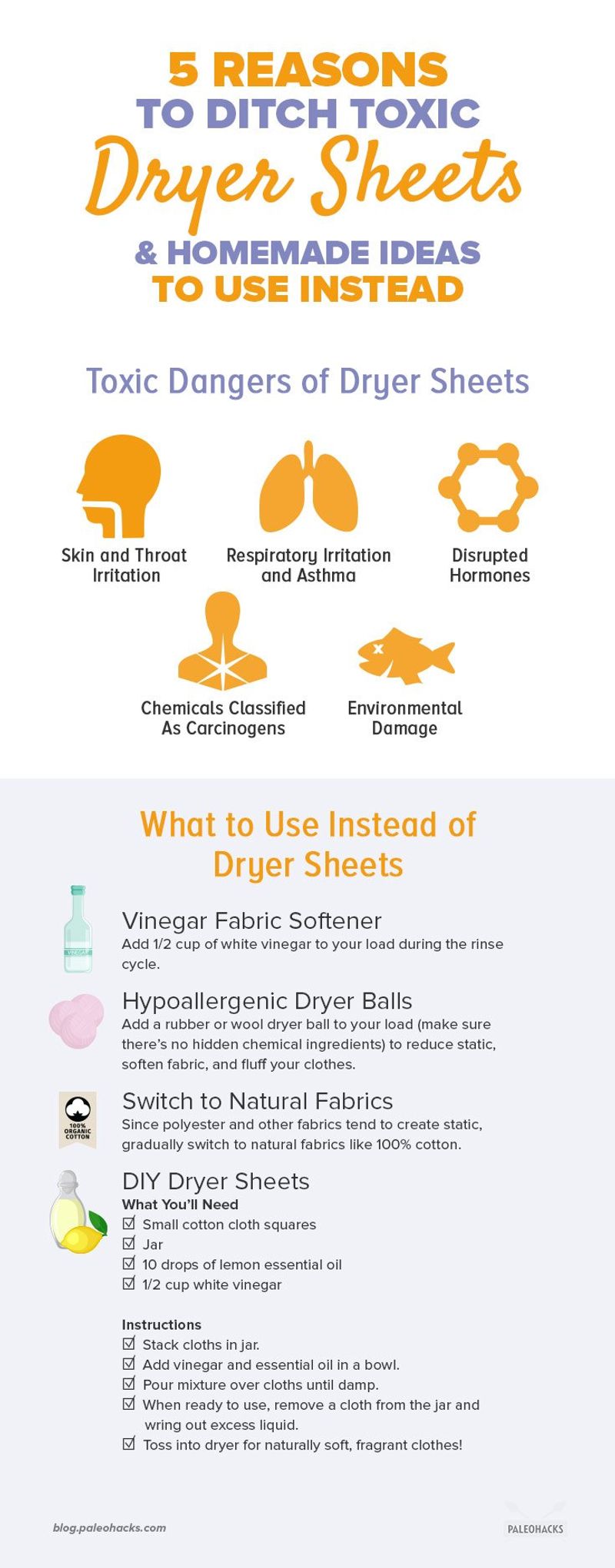
Dryer sheets are used to soften clothes and add fragrance. However, they contain chemicals that can irritate the skin and respiratory system. Synthetic fragrances and quaternary ammonium compounds are common irritants.
These chemicals cling to clothes, coming into contact with the skin throughout the day. Consider using wool dryer balls or natural fabric softeners as alternatives. Simplifying your laundry routine can enhance comfort and reduce exposure to unnecessary chemicals. The journey to a healthier home starts with small, conscious changes.
10. Old Paint
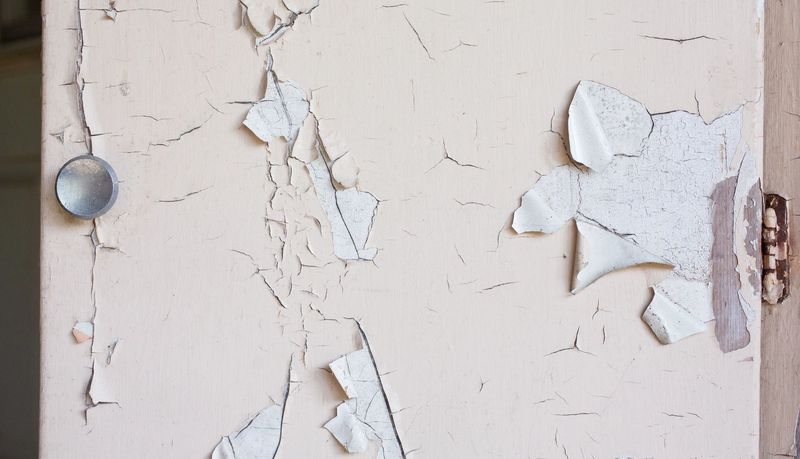
Old paint, particularly in homes built before 1978, may contain lead. Lead exposure is especially harmful to children, affecting brain development and causing behavioral issues. Renovations and chipping paint can release lead dust into the air, posing a health risk.
Testing for lead and using certified professionals for removal is crucial when dealing with older homes. Awareness of this silent danger leads to proactive measures, ensuring a safe living environment. This vigilance ensures the well-being of your family while maintaining the charm of a classic home.

Mother of three and a primary school teacher. I’ve always loved being around children and helping them, so I chose my path as a teacher. It is sometimes hectic with three children, but I am 100 percent into it and wouldn’t change it for anything in the world.

